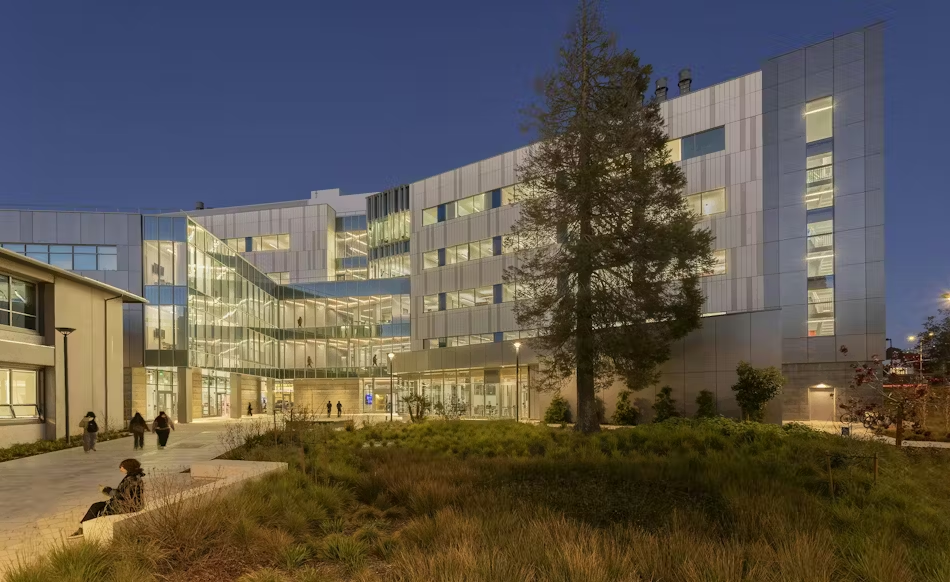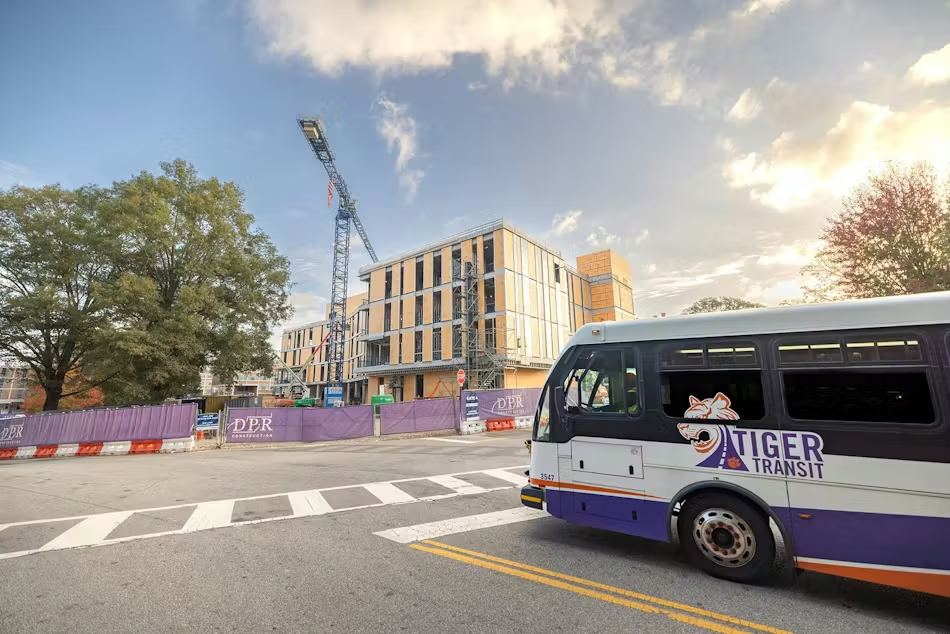
Higher education has transformed rapidly over the past decade, and the pressures facing colleges and universities continue to intensify. While institutions remain committed to their essential missions—teaching, research, and community service—they are increasingly being asked to prove the value of each program and capital investment. At the same time, they must adapt to evolving federal and state policies, workforce needs, and technology-enabled learning environments that redefine the college experience.
New challenges have emerged around campus development and capital planning. Persistent concerns about affordability and campus expression now converge with fluctuating federal funding, tariff impacts, and changes in tax structures—all of which can shift dramatically in short timeframes. Even institutions with healthy endowments are being forced to re-evaluate their long-term infrastructure strategies.

To keep projects moving and maintain financial stability, universities are turning to more modern and collaborative construction solutions. Three of the most effective approaches include:
✅ Collaborative procurement planning
✅ Self-performing general contractors
✅ Emerging delivery methods
These strategies are enabling higher education owners to better align construction outcomes with academic objectives—even in an unpredictable environment.
Global supply chain disruptions, shifting material availability, and evolving tariffs have left many campuses wondering if now is the right time to break ground. For years, institutional leaders have had to justify every dollar spent—especially as project costs rise.
Recent tariff policy changes again raised alarms, including concerns over a potential 25% tariff on materials imported from Mexico. While such headlines may fuel hesitation, construction leaders argue that the real-world impact merits closer examination. As of Q2 2025, for example, DPR estimated the drywall cost increase at approximately 3% installed—challenging but manageable with the proper foresight.
To protect budgets, the guidance is clear:
1. Start procurement planning early
2. Partner with experienced design and contracting teams
3. Use scenario-based market forecasting
4. Consider local sourcing and alternate materials when feasible
These steps help universities maintain momentum instead of delaying much-needed facilities like the San Francisco State University Science and Engineering Innovation Center, where proactive procurement proved essential.
The skilled trade labor shortage—now decades in the making—continues to squeeze the industry. Retirements and limited entry from younger workers put increasing pressure on both schedule and cost. Although apprenticeships and workforce development initiatives are gaining traction, scaling the labor pipeline will take years.
For universities adhering to tight enrollment-driven timelines, schedule certainty is non-negotiable.
That’s why more institutions are opting to work with self-performing general contractors—builders that directly manage critical trades rather than relying solely on subcontractors. This approach enhances:
✔ Quality control
✔ Cost predictability
✔ Safety oversight
✔ Schedule reliability

Ensuring that new learning spaces open on time isn’t just operationally important—it impacts student experience and institutional competitiveness.
Many universities still rely on traditional design-bid-build, a legacy method that can create silos, delays, and late-stage conflicts. As campuses modernize their facilities, the industry argues that delivery models must modernize as well.
Methods like design-build and integrated project delivery (IPD) foster earlier team involvement and shared accountability. When paired with Virtual Design & Construction (VDC) and off-site prefabrication, they drive:
1. Faster resolution of design challenges
2. Reduced costs via leaner workflows
3. Clear visibility into project impacts
4. A smoother, more collaborative process
Ultimately: Why build tomorrow’s innovation-focused education facilities with outdated execution models?
Despite ongoing market turbulence, higher education leaders have more control than it may seem. By selecting the right partnerships and delivery strategies, they can create stronger alignment between academic goals, cost management, and timely delivery.
With careful planning and innovation-driven approaches, universities can continue to accelerate their mission—building the learning and research environments that will shape the next generation of talent.
Originally reported by DPR Construction in American School & University.